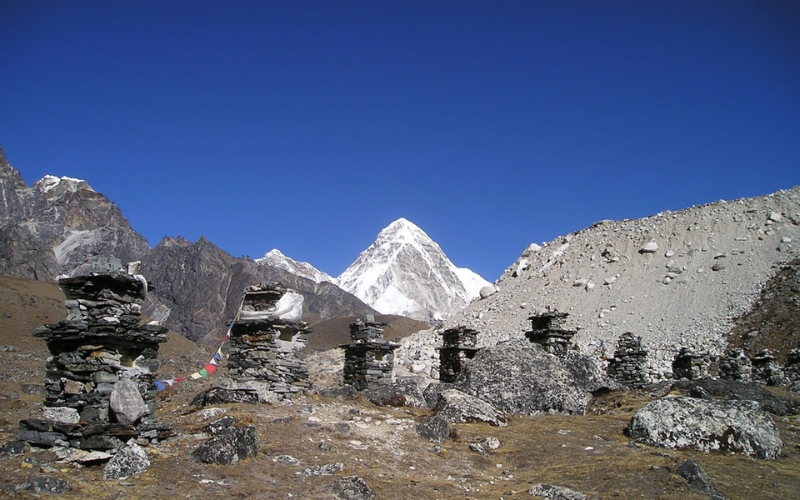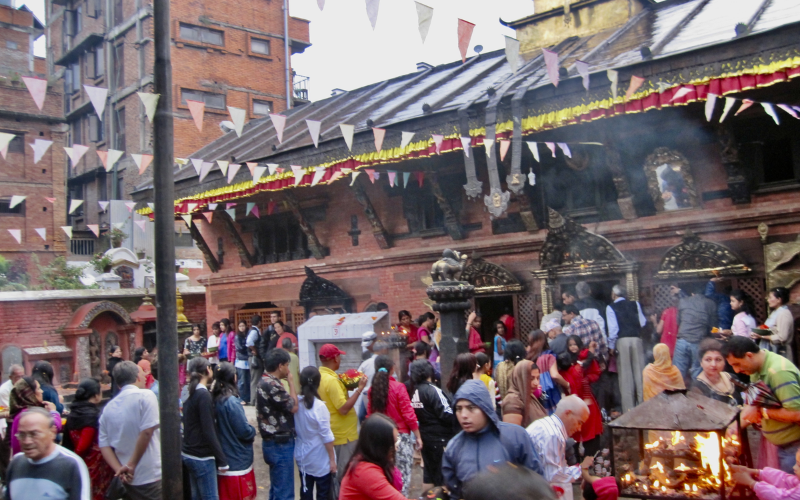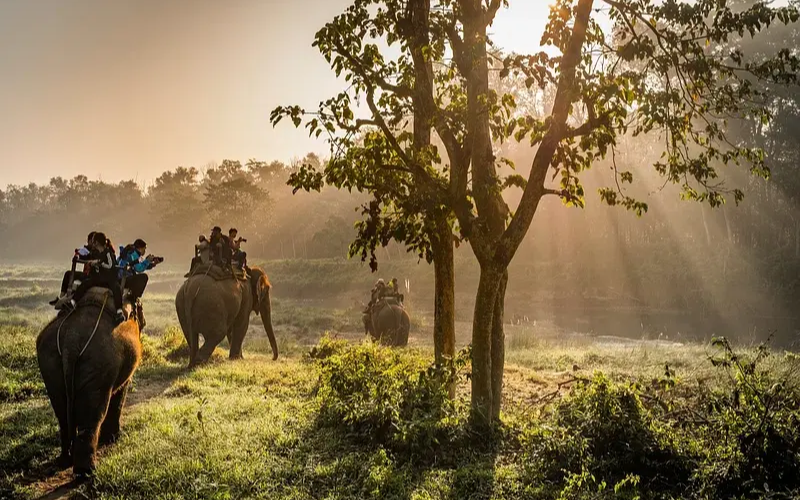Nepal, nestled between India and China, is a land of striking contrasts—snow-capped peaks, lush valleys, and a culture steeped in spiritual depth and tradition. While every season here offers something unique, October is widely regarded as the best time to visit Nepal. The rains have just faded, the skies are at their clearest, and the country’s most important festivals fill the air with colour, joy, and music. Whether you’re trekking through the Himalayas, exploring ancient cities, or immersing yourself in local culture, October captures Nepal at its most vivid and welcoming.
Crystal Clear Skies and Ideal Trekking Conditions
By October, the summer monsoon has ended, washing away dust and haze and leaving behind breathtakingly clear skies. This clarity transforms the landscape—mountain ranges like Everest, Annapurna, and Langtang stand sharp and majestic against brilliant blue horizons.
The weather is generally dry and mild, perfect for trekking. Daytime temperatures in mid-altitude regions such as Pokhara or Namche Bazaar range between 15°C and 25°C, while nights are cool and refreshing. At higher elevations, it can drop below freezing, so warm clothing is essential.
Popular trails such as the Everest Base Camp, Annapurna Circuit, and Langtang Valley are in their best condition—rivers are manageable, paths are stable, and teahouses are fully operational. The post-monsoon greenery also adds extra beauty, with terraced hillsides glowing in rich tones of gold and emerald.

A Month of Joyous Festivals
October is also a time when Nepal’s cultural spirit is at its liveliest, with two of its most significant festivals—Dashain and Tihar—usually celebrated this month.
Dashain, Nepal’s longest and most important festival, often falls in late September or early October (depending on the lunar calendar). It symbolises the victory of good over evil and brings families together across the country. Homes are decorated, kites fill the skies, and traditional feasts are shared in a warm, festive spirit.
Soon after, Tihar—the five-day festival of lights—arrives. During Tihar, homes and streets glitter with oil lamps and colourful rangoli designs. Each day honours a different animal or deity, with the final day, Bhai Tika, celebrating the bond between brothers and sisters. Travellers during these festivals are often welcomed to join the celebrations, offering a heartfelt glimpse into Nepalese family life and hospitality.

Perfect Weather for Sightseeing and Adventure
Beyond trekking, October’s pleasant weather makes it the ideal time for sightseeing and outdoor adventures. In Kathmandu, visitors can explore UNESCO World Heritage sites such as Pashupatinath Temple, Boudhanath Stupa, and the ancient Durbar Squares of Kathmandu, Patan, and Bhaktapur—without the discomfort of summer heat or monsoon humidity.
In Pokhara, the clear reflections of the Annapurna range shimmer on Phewa Lake, creating postcard-perfect scenery. Paragliding, boating, and hiking in the surrounding hills are especially rewarding at this time.
Wildlife lovers can also venture to Chitwan National Park or Bardia National Park, where the cooler, drier conditions make it easier to spot rhinos, elephants, and even Bengal tigers during safaris.

Lively Yet Relaxed Tourism Atmosphere
October is Nepal’s peak tourist season, so popular trekking routes and cultural sites do attract more visitors. However, the atmosphere remains friendly and relaxed rather than overcrowded. Teahouses, hotels, and travel services are well-prepared for the influx, offering reliable accommodation, food, and local guidance. Travellers will find it easy to connect with like-minded explorers while still enjoying Nepal’s signature tranquillity and warmth.
Whether you dream of trekking among the world’s highest peaks, discovering centuries-old temples, or joining locals in festive celebration, October is truly the perfect time to experience Nepal.
So pack your walking boots and an open heart—Nepal in October will reward you with unforgettable beauty, adventure, and connection.
PC: Flickr, rawpixel.com, PxHere, Wikimedia Commons
Also Read